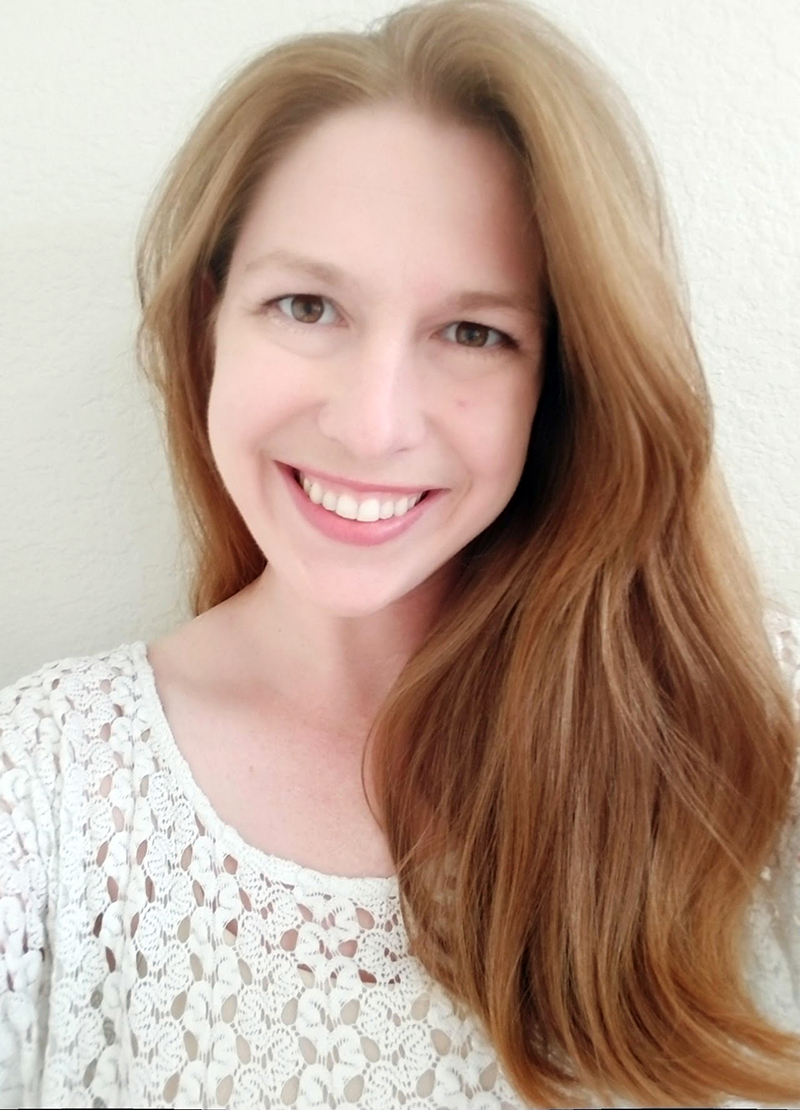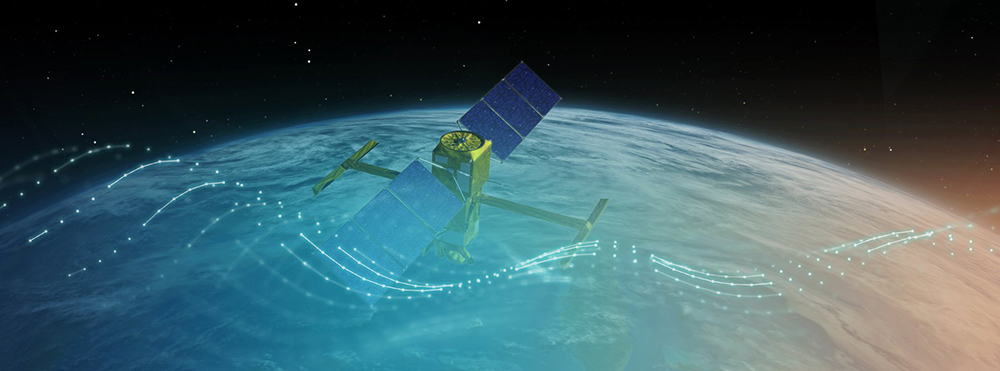Written by: Carlyn Scott, Communications Manager
Sara Jean Reinelt, a doctoral student at the USF College of Marine Science (CMS), was recently awarded the prestigious Future Investigators in NASA Earth and Space Science and Technology (FINESST) grant. Reinelt was awarded a three-year grant, with $50,000 in funding each year.

IMAGE ABOVE: Sara Reinelt, a doctoral student in the lab of Don Chambers, was awarded the FINESST grant from NASA.
Out of 434 proposals received in the Earth Science Division, Reinelt’s proposal was one of 57 selected for funding. The FINESST grant will fund Reinelt’s research on the role of mesoscale eddies in carbon ventilation in the Southern Ocean.
“Sara is a bright student, and this work will give us more information about carbon flux in the Southern Ocean, especially during the winter months, when there are limited direct measurements,” said Don Chambers, professor at CMS and Reinelt’s advisor.
Reinelt’s project will use satellite altimetry and data from the Surface Water and Ocean Topography (SWOT) mission, coupled with biogeochemical Argo floats, to gather data on eddy-induced carbon dioxide flux.
“I am using satellite altimetry to identify the location of eddies based off sea surface height,” said Reinelt. “SWOT then provides a better resolution of eddies – such as their strength and size – and allows us to potentially even observe more eddies at this scale.”
The Argo floats, profiling instruments that drift with ocean currents and throughout the water column, can then identify how much carbon is moving between the air-sea interface.
By combining satellite data with in situ observations from the floats, Reinelt aims to more accurately classify eddies and their impact on carbon dioxide flux in the region.
“A majority of carbon dioxide flux occurs in the Southern Ocean, and up until fairly recently, we were still not able to quantify how eddies contribute to that flux,” said Reinelt.
It was previously believed that the effects of cyclonic and anti-cyclonic eddies canceled each other out regarding carbon dioxide flux. However, as Reinelt points out, there is insufficient evidence in this region to support that assumption.
Reinelt is eager to conduct this research.
“This is a variation of the research I have wanted to do since I was applying for my PhD program,” she said. “I am thrilled I have the funding to finally make it happen!”
